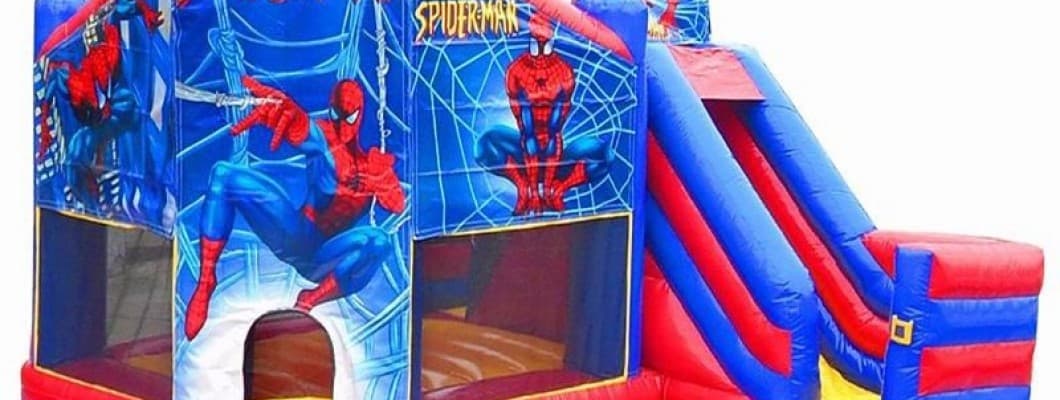
The design process of an inflatable castle involves several key steps to create a safe, functional, and visually appealing structure. Here's an overview of what goes into designing an inflatable castle:
1 Conceptualization and Idea Generation:
The process typically begins with brainstorming and conceptualization. Designers generate ideas based on client requirements, intended use, target audience (children or adults), theme preferences, and any specific features desired.
2 Sketching and Initial Designs:
Designers create rough sketches or digital renderings of the inflatable castle based on the concepts developed. These initial designs explore the overall shape, size, layout, and potential features of the castle.
3 Detailed Design and Specifications:
Once a concept is chosen, designers proceed to create detailed plans and specifications. This phase involves defining precise measurements, dimensions, materials to be used, safety considerations, and structural reinforcements.
4 CAD (Computer-Aided Design) Modeling:
Designers use specialized software for CAD modeling to create a 3D representation of the inflatable castle. This step allows for a more accurate visualization of the design, enabling adjustments and fine-tuning before production.
5 Safety and Compliance Considerations:
Ensuring compliance with safety standards and regulations is critical. Designers incorporate safety features such as reinforced seams, secure anchoring points, and proper ventilation to meet safety requirements.
6 Material Selection and Testing:
Selection of high-quality materials is crucial. Designers choose durable PVC or vinyl fabric, considering factors like strength, flexibility, UV resistance, and ease of maintenance. Material prototypes might undergo stress testing to ensure durability.
7 Feature Integration and Customization:
Depending on the intended use, designers incorporate additional features such as slides, climbing walls, obstacles, tunnels, or themed elements to enhance the castle's appeal. Customization options might include colors, artwork, or branding.
8 Prototype Creation and Evaluation:
A prototype of the inflatable castle is created based on the finalized design. Testing and evaluation of the prototype are conducted to assess functionality, structural integrity, safety, and overall user experience.
9 Feedback and Iteration:
Feedback from testing and evaluation stages is used to refine the design further. Iterations may be made to address any issues or improve specific aspects of the inflatable castle.
10 Final Approval and Production:
Once the design meets all requirements and passes rigorous testing, it receives final approval for production. The manufacturing process begins, involving cutting, stitching, assembly, and quality checks before the inflatable castle is ready for use.
Throughout the design process, collaboration between designers, engineers, and manufacturers is essential to create a high-quality inflatable castle that meets safety standards while fulfilling the client's vision and functional requirements.




Leave a Comment